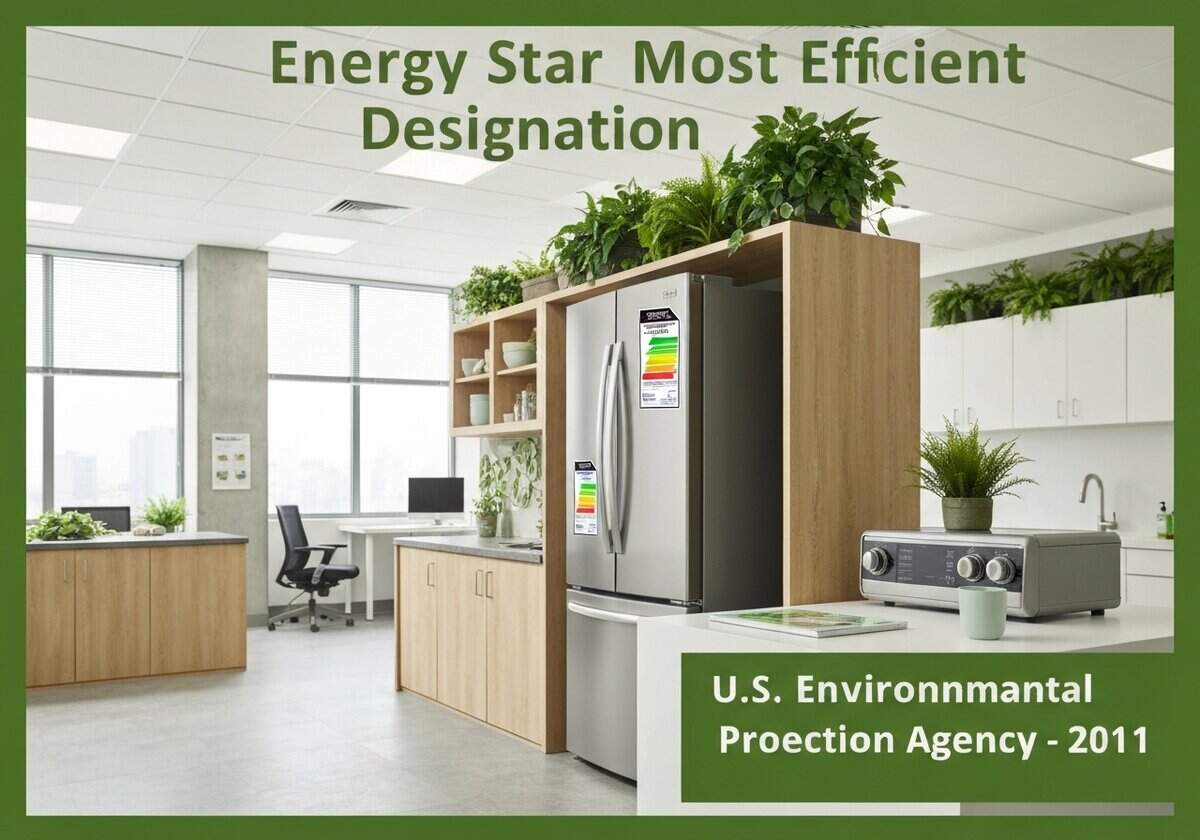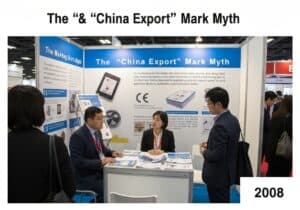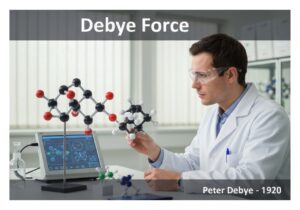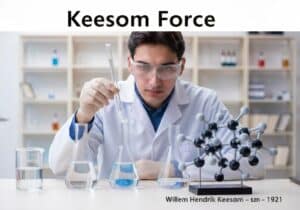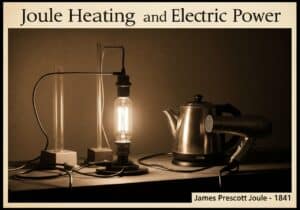Introduced in 2011, the “Energy Star Most Efficient” is a special designation that recognizes the best-of-the-best, most energy-efficient products within their categories. This label is intended to guide early adopters and environmentally-conscious consumers to products that represent the leading edge of efficiency, going beyond the standard Energy Star requirements.

